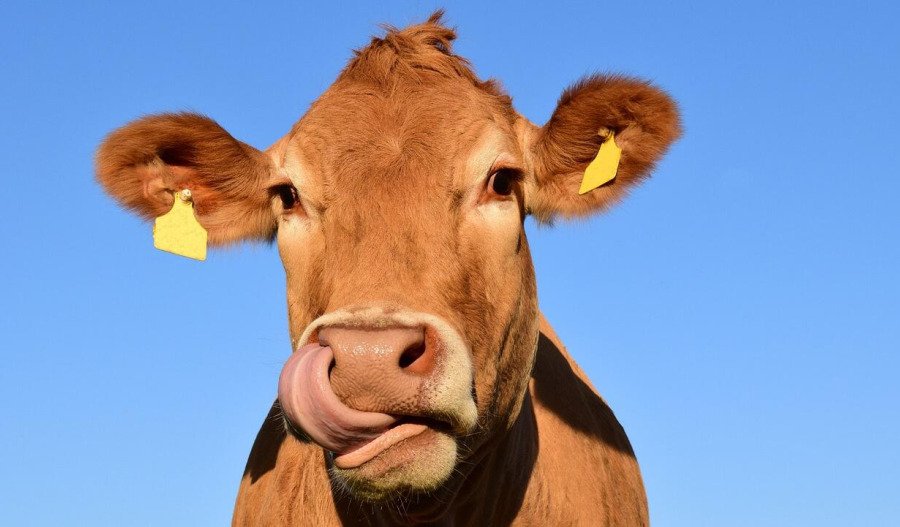Australia processed nearly 8.8 million cattle in the past financial year - the second-highest total since 1978-79 - driven by climate-induced herd management shifts.
According to Meat & Livestock Australia (MLA), younger cattle now make up a growing share of processor throughput, with vealer steers accounting for 7% of June quarter sales.
Grown steer purchases have dropped to 59% of processor steers — the lowest since the 2019 drought. This shift reflects producers’ turnoff decisions amid variable rainfall, with southern states destocking due to drought and northern regions expanding herds under more favourable conditions.

Victoria’s grown steer throughput has declined sharply due to prolonged dry conditions, while Queensland is the only state to record an increase, supported by better feed availability and a strategy of acquiring lighter cattle from the south for finishing.
These contrasting regional dynamics have also spurred interstate cattle movements, with northern systems focused on growth and southern systems on processing.
The elevated supply of younger animals raises concerns about declining national carcase weights, though MLA analysts suggest that productivity gains, improved genetics, and expanded feedlot use may offset the impact.

For global investors in premium protein and agribusiness, these trends signal both risk and opportunity.
While short-term volatility in carcass weights and throughput may affect margins, Australia’s feedlot sector is scaling rapidly, with utilisation rates nearing record highs and grain-fed exports surging.
As climate variability reshapes supply chains, investors with exposure to vertically integrated operations or feedlot infrastructure may be best positioned to capture value in a market increasingly defined by resilience, adaptability, and protein demand.



